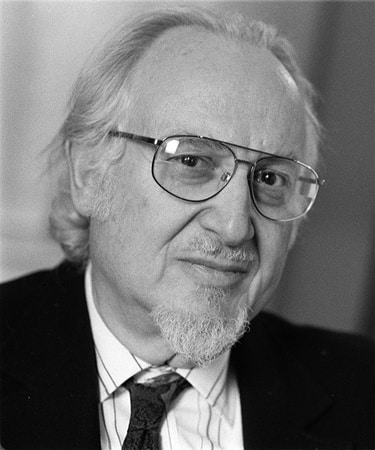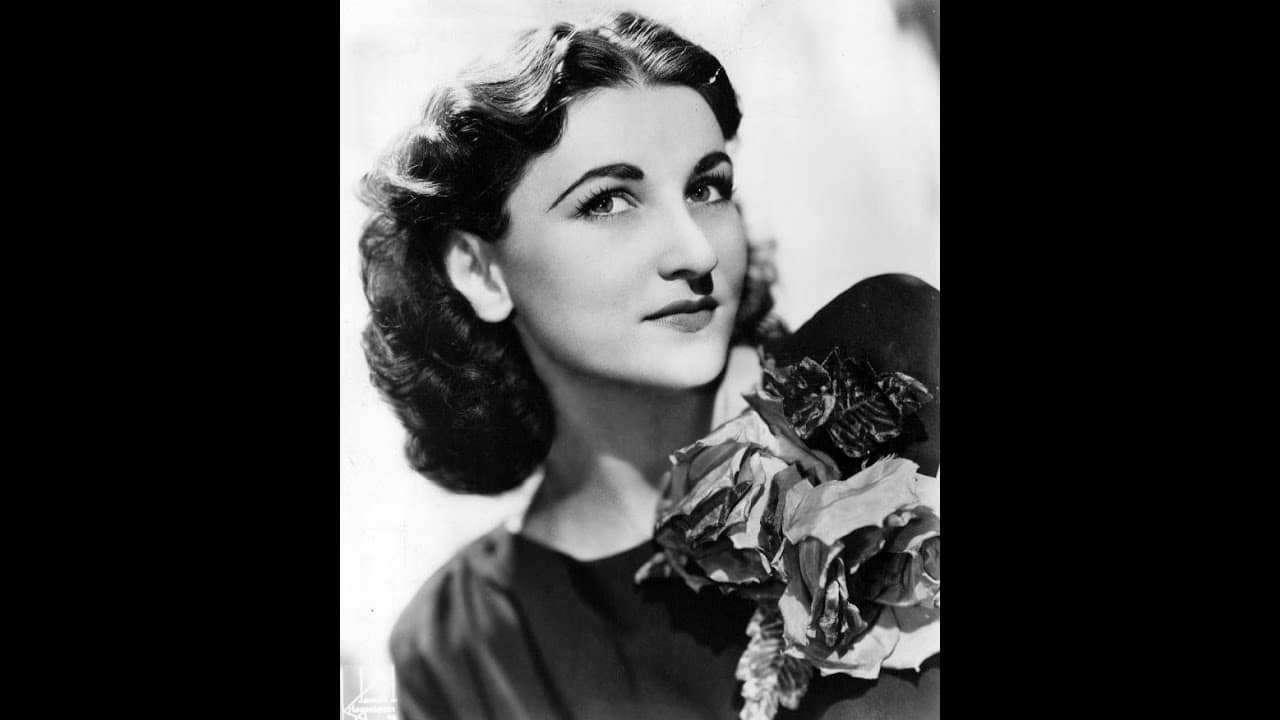When Celi was chief of the Berlin Philharmonic…
main… between the end of the War and Furtwängler’s return.

… between the end of the War and Furtwängler’s return.
The thoughtful American composer Richard Wernick died yesterday…

We have been informed by one of her…

We reported last month that two strings positions…

Message received (and see the bottom line): Press…

Session expired
Please log in again. The login page will open in a new tab. After logging in you can close it and return to this page.
Comments